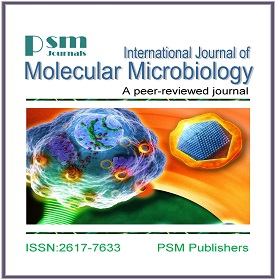Optimization of Bioprotein Production by Native Trichoderma harzianum using Terminalia superba Sawdust as Substrate
Keywords:
Bioprotein, Solid State Fermentation, Terminalia superba sawdust, Total Biomass, Trichoderma harzianum.Abstract
Locally, there is an abundance of sawdust from Terminalia superba, which is a waste product of wood processing industries and is difficult to biodegrade. However, it has great potential as a feedstock for bioconversion to various value-added products using enzyme-producing filamentous fungi. In this study, isolated fungi were identified using the conventional method. The sawdust was thermally pretreated at 121°C (15 psi) for one hour and inoculated with two plugs (6 mm cork borer) of a 5-day-old culture of Trichoderma harzianum. To determine the effect of pH (4–7), temperature (28°C–40°C), and incubation period (6–14 days) on total bioprotein and biomass production, the experiment was conducted in Solid State Fermentation (SSF). The study found that bioprotein and biomass production ranged from 149–346 mg/L and 0.08–0.91 g, respectively, and was significantly different (P?0.05). The production of optimum bioprotein (346 mg/L) and biomass (0.91 g) was achieved at pH 6.0. The highest bioprotein and biomass were produced at 35°C. The best incubation periods for bioprotein and biomass production were days 10 and 6, respectively. This study's findings could be invaluable in optimizing the production of fungal biomass and proteins for industrial applications.
Downloads
Published
How to Cite
Issue
Section
License
Copyright (c) 2024 PSM

This work is licensed under a Creative Commons Attribution-NonCommercial 4.0 International License.




